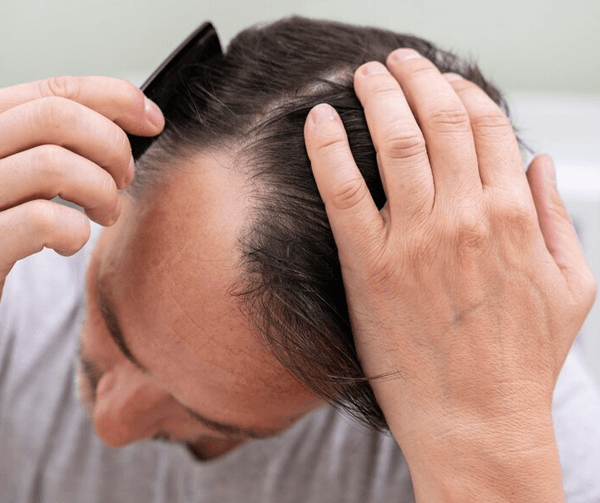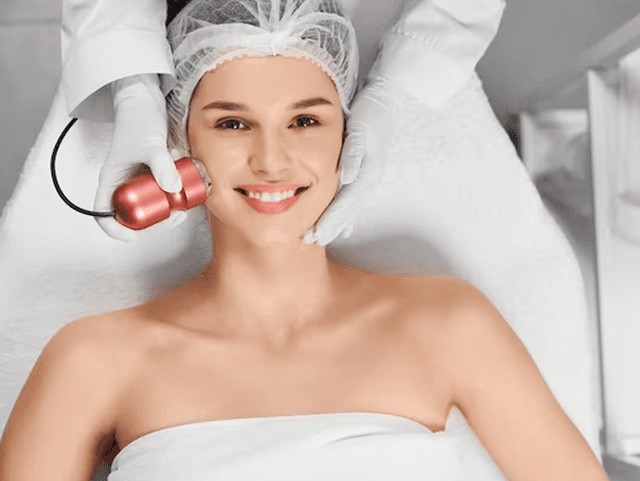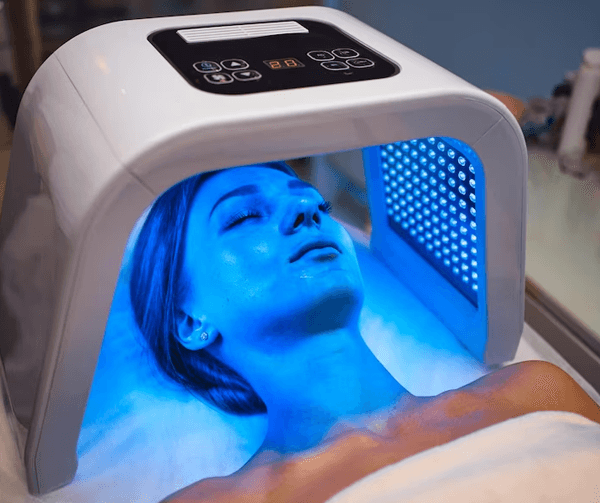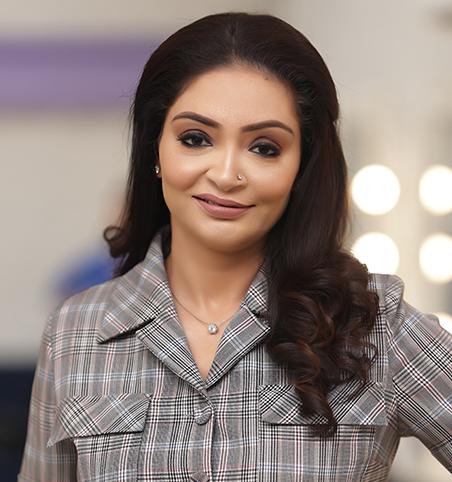Varicose veins and spider veins might seem like reasonably common terms to a lot of people, but the fact is that most people know only superficially about both these related conditions. Most people do not even know that varicose veins and spider veins are two completely different things. There are actually several concepts or theories that are associated with these conditions, but are far from the truth.
Women, as well as men, all over the world struggle with either varicose or spider veins, and while women might feel conscious because they can no longer wear short skirts, men might feel that it could affect their athletic abilities.
In this article, we will look at some common myths and debunk the same, while also looking at some important facts about varicose veins and spider veins.
Varicose veins and spider veins are two different things
While both conditions might affect the veins, spider veins and varicose veins are actually two different things. For starters, spider veins are much milder as compared to varicose veins. Spider veins could aggravate into varicose veins, but varicose veins could never regress into spider veins. Normally, spider veins are the starting point for varicose veins, and if the condition is not treated in time, it could very well develop into varicose veins.
Spider veins are thin and small blood vessels, which appear almost blue in colour and can be seen, right beneath the skin. Normally harmless, the condition is generally a sign of the blood circulation system not working properly. In addition, it could also be the precursor to the formation of varicose veins.
Varicose veins on the other hand, are veins, which are stretched out, because the blood has gotten pooled in them. The veins in the legs have the tough task of pushing the impure blood back to the heart and many a times, when the valves that control the same, stop functioning, there is the start of varicose veins. Varicose veins are thicker than spider veins and often protrude, giving a knotted rope like texture.
Varicose veins and spider veins are more than a cosmetic problem
Most people feel that varicose and spider veins are only a cosmetic problem, because they look odd. However, both these are the starting signs of a more serious medical condition, because when the blood starts to pool, it means that the valves in the veins are no longer functioning properly. In addition, both these conditions can lead to problems like fatigue, leg pains, itching and general discomfort. If the conditions are not treated in good time, they could lead to further complications such as blood clots, deep vein thrombosis and gradual decay of the circulatory system.
Chances of varicose veins increase during pregnancy
When a woman is pregnant, there are several changes in the body – there is an increase in the pressure in the inferior vena cava, which is the main vein that carries blood from the lower parts of the body to the heart. When the pressure increases, chances of the valves not functioning properly increase, and this in turn could lead to varicose or spider veins. In addition, at times, the foetus itself blocks the flow of blood. During pregnancy, there are certain extra hormones, circulating within the body, which leads to the relaxation of the muscles of the vein. This relaxation leads to increased storage as well as dilation.
Makeup can only hide the condition
Makeup could hide the condition, but it is not a cure and it is certainly not the way out of the discomfort and the pain that normally accompanies the condition. While proper medical treatment such as sclerotherapy is the only actual way out, there are methods by which the pain and discomfort can be reduced or controlled. For instance, compression stockings can be purchased online or at medical stores and wearing these on a regular basis can lead to a control over the pain. There are certain natural herbs, such as witch hazel and horse chestnut seed extract, which are known to relive the pain and itching.
The condition is genetic and not gender specific
Although the same has not been proven, it is considered that varicose veins and spider veins could be genetic. The tendency to develop these conditions can be inherited from either side of the family or it could even skip a generation.
While varicose veins are seen more commonly in women, men too can suffer from the same. However, in most cases, men do not seek treatment in time, which is why the reported cases are lesser.
Exercise can help prevent or at least reduce the chances of varicose veins
The more active your lifestyle, the lesser the chances of the valves in the vein malfunctioning. This in turn means, lesser the chances of varicose or spider veins appearing. Choose exercises that will strengthen the muscles of the leg and calves, such as walking, climbing stairs, swimming and toe raises. When done regularly, these exercises can help with controlling the appearance of varicose and spider veins.
Crossing your legs or wearing high heels will cause varicose veins
Absolutely wrong! These are nothing but old wives’ tales, because these conditions are caused due to the malfunctioning of the valves in the veins. When the blood starts to pool, it leads to varicose or spider veins and this happens, when you are sitting or standing for too long. Some of the other causes include lack of exercise, obesity, smoking, pregnancy or certain birth control pills.
These days, treatment of both varicose and spider veins has become incredibly easy and should you start to see any of the symptoms, you should head to a doctor immediately. The time taken for the procedure and recovery are minimal, which is why you should get the treatment as soon as possible.







